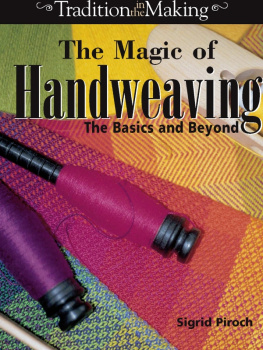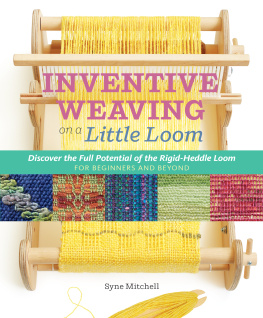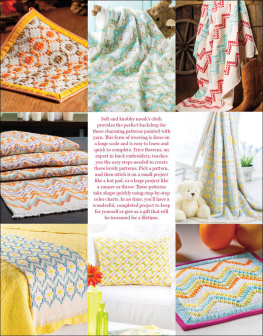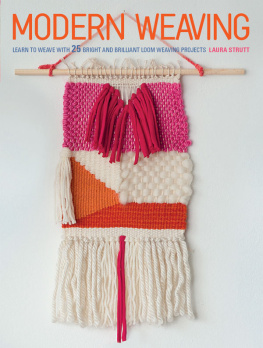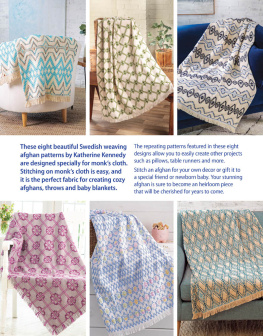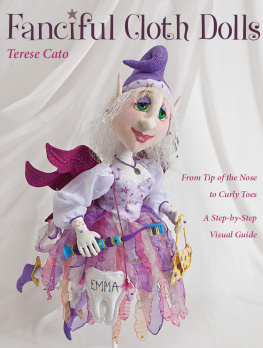Tradition in the Making
The Magic of
Handweaving
The Basics and Beyond
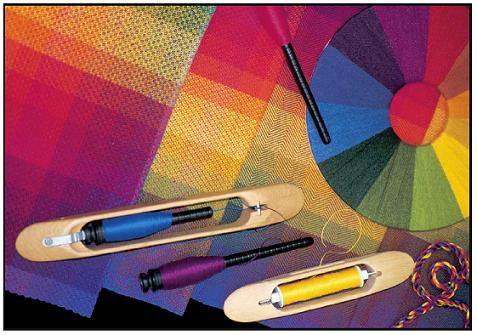
Sigrid Piroch
2004 by Sigrid Piroch
Published by
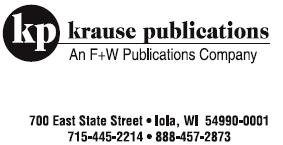
www.krause.com
Our toll-free number to place an order or obtain a free catalog is 800-258-0929.
All rights reserved. No portion of this publication may be reproduced or transmitted in any form or by any means, electronic or mechanical, including photocopy, recording, or any information storage and retrieval system, without permission in writing from the publisher, except by a reviewer who may quote brief passages in a critical article or review to be printed in a magazine or newspaper, or electronically transmitted on radio or television.
The front cover photo includes closeups of fabrics woven in Chapter 9: HerringboneTwill, 3/1 and 1/3 twill blocks, and Brighten Honeycomb plus a boat shuttle, pirns, anda color wheel. The title page photo includes these items and an end delivery shuttle.
Library of Congress Catalog Number: 2002107619
ISBN: 0-87349-384-2
e-ISBN: 978-1-4402-2579-6
Edited by Christine Townsend and Sarah Herman
Designed by Donna Mummery
Printed in the United States of America
Dedication
This book is dedicated with love and thanks to my father, who taught me to view the world through the spectrum of music ... rhythm, melody, and harmony in symphony and opera; to my mother, who taught me to view the world through the spectrum of art ... color, form, and balance in painting and sculpture andnot the leastfibers; and especially to my husband, whose love and support has made all things possible.
Acknowledgments
Little did I know when I called Krause Publications to order some books for my Arts Studio that, before I was off the phone, I would be asked to write one! Here was an opportunity to reach many who might wish to become weavers, to share knowledge studio-tested over three decades with students at all levels of expertise, and to share my enthusiasm for fibers, colors, and weaving. Although I had no intention of writing such a book initially, I couldn't resist the call to action. I am delighted to say that during these past three years, this adventure has posed exciting new challenges and opened doors to work with many others whose lives are dedicated to their love of textiles. I wouldn't have wanted to miss that.
A very special thanks to Bobbie Irwin, weaver parexcellence, for her exceptional editing skills, support, and friendship. A special commendation to Nancy Lewis who, though arriving on board later, created superb illustrations. We are honored to have Paola Gianturco, Toby Tuttle, and Gianni Vecchiatoall world-famous photographersshare their extraordinary gifts of imagery. Thanks especially to Blanche and Bob Hall. You see Blanche throughout the book assisting me with hands and heart, but you don't see the thousand times they both assisted off-camera! A special mention to Merv Stahlman who built our false seven-foot wall for photography and kept all the looms in working order.
Thanks to Halcyon Yarn, Jaggerspun Yarn, Treenway Silks, and Lunatic Fringe for yarn donations; to Schacht Spindle Co. for lending various equipment; to Caphuchi and "Bobbo" Ahiagble for African strip weaving; to Licia Conforti and Meg Stump for small looms; to Maureen Dow at Cedar Hollow, Barbara Borgerd at Gentle Wovens, and Carol Leigh of Hillcreek Studio, for documentation and photographs of triangle weaving; to the Yarn Barn in Lawrence, Kansas, for textile videos; to these folks: Karen Selk, Gudrun Weisinger, Judy Hanninen, Sarah Nantani, Dana McCown, Kathleen Johnson, Deb McClintock, Kati Meek, Judie Eatough, and Enid Allen, Senior Visual Products Specialist for Munsell.
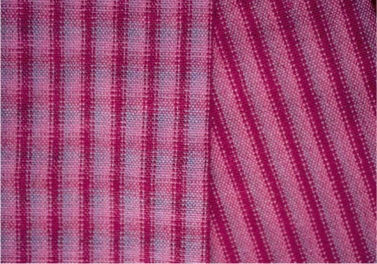
Thank you also to J.M. Adovasio, Ph.D., D.Sc. (Professor, Anthropology, Archaeology, and Geology and Director of the Science Division and Mercyhurst Archaeological Institute) and J.S. Illingworth (Director of Curation and Conservation, Supervisor R.L. Anderws Center for Perishables Analysis) at Mercyhurst Archaeological Institute in Erie, Pennsylvania, for their archaeological assistance. Thanks to the staff of non-profit museums. Please use and support these excellent facilities: the Alling Coverlet Museum in Palmyra, New York; Home Textile Tool Museum in Rome, Pennsylvania; Shelburne Museum in Connecticut; Ontario Science Centre in Toronto, Ontario, Canada; Jefferson County Historical Society in Watertown, New York; Handweaving Museum & Arts Center in Clayton, New York.; and the American Textile History Museum in Lowell, Massachusetts. Please also support cottage industries throughout the world, such as Studio Naenna, Chiang Mai, Thailand, and Lao Textiles, Vientiane, Laos, as they depend on us for their very survival. And thanks without measure to my wonderful husband, who kept the household running (and us both well fed) while I focused on this book.
Contents
Foreword
Once in a while a new book on weaving appears that takes an old subject and presents it in such a dramatic, new way that every weaver and everyone who hopes to be a weaver will feel that they must have it in their libraries. This book is just such a book.
The art and skill of weaving is certainly not an invention of the twenty-first century, or of the fourteenth century, or of the first century. Weaving was practiced 26,000 years ago. Human beings found it useful then, and humans the world over could not live without it today. The form and appearance of woven pieces vary in different countries and in different cultures, but basically weaving is an art in which one thread, or straw, or wire, etc., is interlaced with another to form a useful or decorative piece. That sounds remarkably simple, but weaving can take so many forms that it can also be remarkably complex. The author of this book has taken the complexity out of the process by describing it in such clear terms that one can teach oneself to weave simple, and then progressively more complicated, fabrics. Sigrid Piroch is eminently qualified for such a task. She is a talented, well-known weaver and weaving teacher who has inspired many people to start weaving, and many more to continue to become excellent weavers. She has done this through hundreds of workshops and lectures over the past 30 years in the United States, Canada, Australia/ Tasmania, New Zealand, Sweden, Germany, Slovakia, Thailand, and Laos. The many magazine articles she has written have graced the pages of essentially all the prominent weaving magazines in the United States, Canada, and Australia.
The reader will find the processes in this book written with the clear and easy-to-follow instructions for which the author is known. Both new and experienced weavers will be enticed by the step-by-step processes, and by more than 300 color photographs and illustrations of weaving equipment and woven fabrics. The author has used the very valuable technique of making a chapter into one or more lessons. These chapters end with one or more projects that embody the salient parts of those lessons and that includes all of the details the weaver needs in order to weave a useful or decorative piece. Color photos and drawings illustrate each lesson. Each chapter builds on the previous one so the student learns, and puts into practice, a new skill. Subsequent chapters with weaving projects and photos add to the students excitement about weaving
Next page
